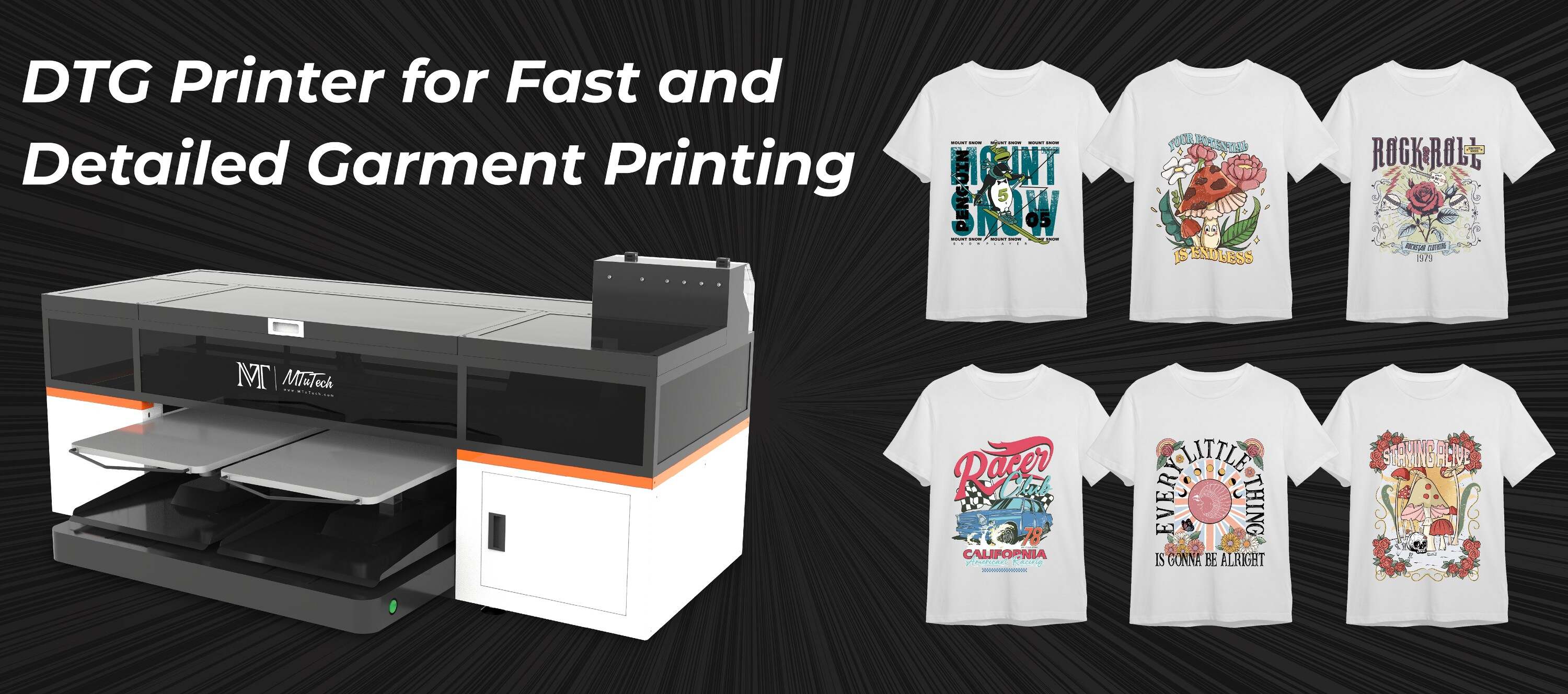In the world of digital printing, understanding environmental conditions is paramount to achieving high-quality prints. One such environmental condition that holds significant impact is humidity. It is a crucial element that can directly influence the results of Direct-to-Garment (DTG) printing. This article aims to provide a deeper understanding of how humidity plays a role in DTG printing, why it is essential to maintain humidity in the DTG environment, and how to control it effectively.
Introduction
DTG printing, an innovative printing technique, enables the direct application of ink onto the garment using an inkjet printer. While this technique opens a plethora of opportunities to print vivid designs and patterns on the fabric, it also demands a careful balance of conditions to achieve optimal results. The major influential factor is the level of humidity in the environment where DTG printing takes place.
The Role of Humidity in DTG Printing
The interaction between humidity and DTG printing may seem complicated, but in simple terms, an ambient humidity level significantly affects how the ink dries on the fabric. Humidity is the amount of water vapor in the air. The more humidity in the atmosphere, the slower the ink will dry. On the other hand, a too dry environment will cause the ink to dry too quickly, potentially leading to clogged printer heads.
How Humidity Affects DTG Print Quality
Humidity primarily affects the DTG printing process in two ways: ink curing and ink performance.
Ink Curing: When there is an inadequate amount of moisture in the air, it can cause the ink to cure too quickly, leading to blockages in the printer nozzles. This can disrupt the printing process and ultimately impact the print quality.
Ink Performance: In a too humid environment, ink performance can also degrade, causing colors to appear faded or washed out. The white ink base in DTG can even become too smoky due to high humidity levels.
Managing Humidity in DTG Printing
If you are wondering why your DTG printer is not producing the expected results despite following all instructions and guidelines, it might be your surrounding environment that's causing the problem. The ideal humidity level for a DTG printing environment ranges between 45% to 55%.
There are several ways to control and regulate humidity, such as using dehumidifiers in a too-humid workspace or adding humidifiers in a dry one. Optimizing your working environment will ensure better print quality, reduce the risk of clogging, improve the printer's lifespan, and increase the overall performance of your DTG printer.
Conclusion
Finding the perfect balance in humidity levels is a crucial aspect of achieving high-quality DTG prints. Understanding the role of humidity in DTG printing and how to manage it effectively can significantly enhance your printing output and extend the life of the printer. Therefore, keeping a keen eye on your workspace environment can make all the difference in your DTG printing journey.
FAQs
Why is humidity important for DTG printing?
Humidity plays a critical role in DTG printing as it impacts the drying speed of the ink on the fabric. A too dry environment causes ink to dry too quickly, leading to clogged printer heads. Conversely, a too humid environment slows down the drying process and can negatively impact the color vibrancy and clarity of prints.
What is the best way to control humidity in a DTG printing workspace?
Using a dehumidifier in overly humid conditions and a humidifier in excessively dry conditions are effective ways to control the workspace environment. Additionally, investing in a digital hygrometer can assist in monitoring and maintaining the ideal humidity level between 45% to 55% for DTG printing.
What problems might arise in DTG printing due to incorrect humidity levels?
Inadequate humidity levels can lead to problems such as nozzle clogging, poor ink performance, and subpar print quality. It can cause colors to appear faded and the white ink base can become too smoky. Controlling the humidity levels effectively can prevent such issues and ensure high-quality, vibrant prints.

